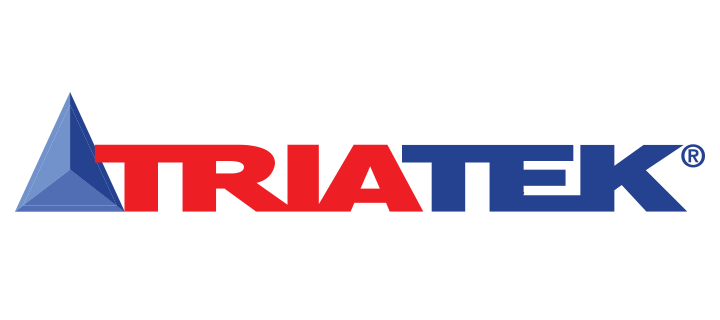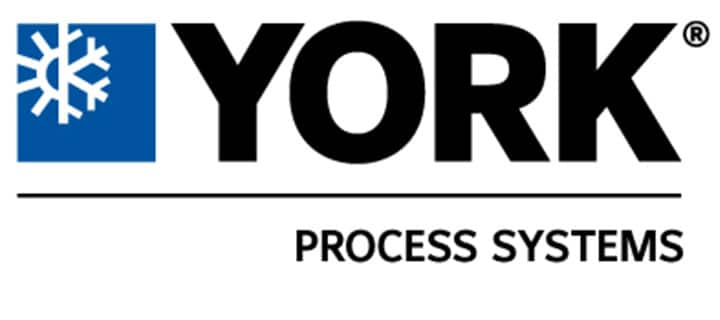Stabilizing the power grid with distributed energy storage
Smart buildings meet smart batteries

By John Schaaf
VP & GM Distributed Energy Storage, Johnson Controls
Rapid growth in the use of renewable energy resources brings clear environmental and societal benefits. At the same time, it raises questions: How do we efficiently integrate these resources into the power grid? And how do we ensure grid stability, given the intermittency of wind and solar power?
An important part of the answer is distributed energy storage (DES) – where smart buildings meet smart batteries. Here’s a quick look at the benefits DES offers utilities and building owners.
Fill in the gaps. Energy storage systems enable the grid as it is right now to work better with renewable resources. We can store energy generated by wind or sun when it’s available, then release it on demand to meet load and grid requirements. DES smooths out the variability.
Save money. In turn, building owners can use the energy storage to take advantage of financial incentives offered by utilities. Your demand charges are set based on peak power use. Drawing on stored energy helps reduce peak power use, and thereby reduce demand charges (known as “peak shaving”). You can also use energy storage to shift energy use to periods when time-of-use rates are lower. It all adds up to significant savings.
Get the maximum value. An energy storage system alone delivers value – and that value increases exponentially when it’s integrated with building systems including air conditioning, lighting, security and fire safety. Johnson Controls is exceptionally well-positioned to help you capture the greatest possible value. We understand batteries, and we understand how buildings use energy. The result is a powerful combination of world-class energy storage technology, buildings expertise and intelligent controls.
Improve resiliency. When partnering an intermittent resources like solar photovoltaics, energy storage can improve overall resiliency by ensuring a constant flow of power from the system. Solar alone cannot operate when there is a loss of grid power (for instance, due to a storm) but combining solar with storage ensures that it does.
We all face the challenge of using the power grid in new and better ways. With DES, Johnson Controls is leading the way in deploying technology to make the grid more effective today – and to more effectively produce and use electricity tomorrow.
To learn more about DES at Johnson Controls, visit http://www.johnsoncontrols.com/des
























































